Skype: neodalle-travel
Tel: +86 135 7447 2266
E-mail: sales@visitaroundchina.com

After long years of development, Chinese fiction began to take shapeduring the period of the Wei, Jin and Northern and Southern Dynasties. It lasted until the Tang Dynsty(618-907) and Song Dynasty (960 - 1279), 'Hua Ben' as the draft or records of actors became popular. This was the rudiment of fiction and the use of the vernacular catered for ordinary people. In the Yuan Dynasty, novels had chapters and greater attention was attached to the detail depicted. At the peak of the development of fiction, Four Famous Classical Chinese Literatures were born in the Ming Dynasty (1368 - 1644) and the Qing Dynasty (1644 - 1911).
(1) In the Wei, Jin and Northern and Southern Dynasties.
During this period , social commentary became common, leading to the rise of"anecdotal fiction," which were literary works telling interesting storiesabout people. New Anecdotes of Social Talk compiled by Liu Yiqing (AD403-444) belonged to this category and has been well preserved.
(2) In the Tang, Song and Yuan Dynasties
Chinese fiction went through marked transformations in the Tang Dynasty. Fiction of the Tang Dynasty was called "prose romances." The emergence of "prose romances" in Tang Dynasty marked the maturity of the Chinese short story, because they went beyond merely recording anecdotes and became consciously creative literary works by scholars.
"Storytelling scripts," which first appeared during the Song and Yuan dynasties, brought the Chinese novel to a new stage. Storytelling was akind of folk art during the Song Dynasty. They were usually short inlength, with animated plots, and therefore were very popular with readers. Vernacular and lively language began to be used extensively in literaryworks starting from "storytelling scripts" of the Song and Yuan dynasties,bringing the development of Chinese literary language to a new stage. The realistic techniques used in plot and characterization in scripts alsoachieved much progress compared with earlier fiction.
(3) In the Ming Dynasty
In the Ming Dyansty, with developments in politics, society, economyand philosophy, and the growth of printing, fiction was further developedon the foundation of its past achievements. A wealth of short storiesand novels thus emerged. At the end of the Yuan Dynasty and the beginning of the Ming Dynasty, a batch of full-length "Zhanghui (chaptered) novels"(a type of traditional Chinese novel with each chapterheaded by a couplet giving the gist of its contents) were created based on "history- telling" from the Song and Yuan dynasties, as represented by The Romance of the Three Kingdoms, The Romance of the Five Dynasties, Sorcerer's Revolt and its Suppression, and Outlaws of the Marsh.
The Romance of the Three Kingdoms was the earliest Zhanghui novel. From then on a large numberof historical novels were created, including The Romance of Genesis and The Romance of the Qing Palace.
The development of the Chinese novel was even greater after themiddle of the Ming Dynasty. Journey to the West and Jin Ping Mei (TheGolden Lotus) represented the pinnacle of novels created during thisperiod. Historic romances and sagas were also created in large numbersduring this period, including The New Fictionalized History of the States,The Romance of the Northern Song Dynasty The Romance of Ming Dynasty Heroes and The Surviving Writings of the Sui Dynasty.
After Journey to the West was published, mythological novelsbecame the rage, of which Canonization of the Gods was one of themost successful. The novel was based on the historic story of King Wu's Campaign against Zhou, with the author also incorporating a great dealof folk tales along with aspects of his own imagination. The main purposeof the novel was to make barbed allusions satirizing social reality.
Each of Feng Menglong's (1574-1646) "Three Words" contained 40 short stories with subject matter falling into three categories. Compared with storytelling scripts, the subjectmatter in "Three Words" was more concentrated, the plot more intricateand the description of character's psychological workings more detailedand exquisite. But the conflicts in Feng's stories were not very sharp andthe language not dramatic.
Ling Mengchu's (1580-1644) two volumes of Amazing Tales contained 78 stories. Most of these tales were based on previously published works.The development of trade and the seeds of capitalism, which emergedduring the middle and late period of the Ming Dynasty, were reflected inhis stories.
(4) In the Qing Dynasty
In the Qing Dyansty, The Strange Tales of Liaozhai pushed classicalChinese fiction to new heights. The writing of full-length novels writtenin vernacular Chinese also made great strides during this period, asrepresented by A Dream of Red Mansions and Outlaws of the Marsh.
The Complete Story of Yue Fei was written by Qian Cai and Jin Feng based on all kinds of legends about Yue Fei. Yue Fei was the major character in the novel. He was a national hero and patriotic general, but he was, at the same time, stubbornly loyal to the incompetent government. Flowers in the Mirror was a marvelous, illuminating Qing-Dynastynovel. The classic is a fairy tale of a hundred chapters.
Classical novels began to decline at the end of the Qing Dynasty.Main works of this period included Three Heroes and Five Gallants, TheFive Younger Gallants, A Dream of the Green Chamber and Lives of Shanghai Singsong Girls.
Famous Chinese Classical Novels
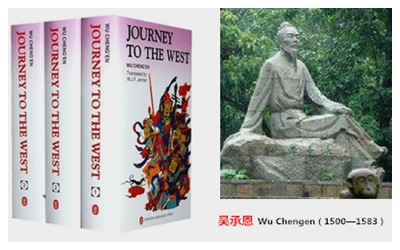 |
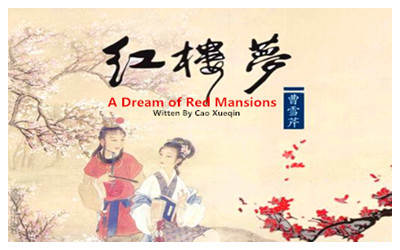 |
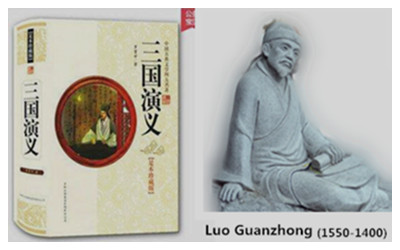 |
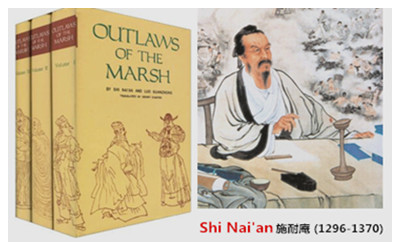 |
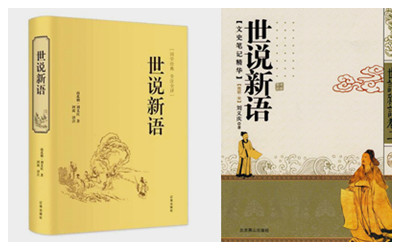 |
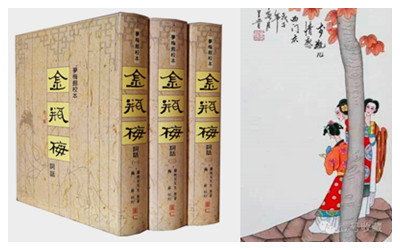 |
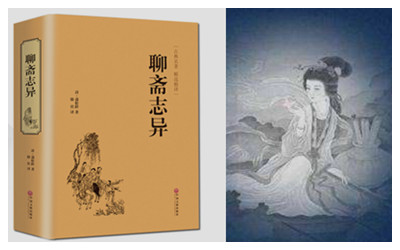 |
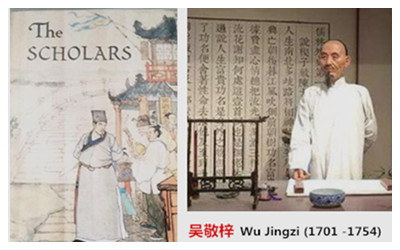 |
| New Anecdotes of Social Talk | Jin Ping Mei, | Strange Tales of Liao Zhai |
 Ask Questions ?
Ask Questions ?